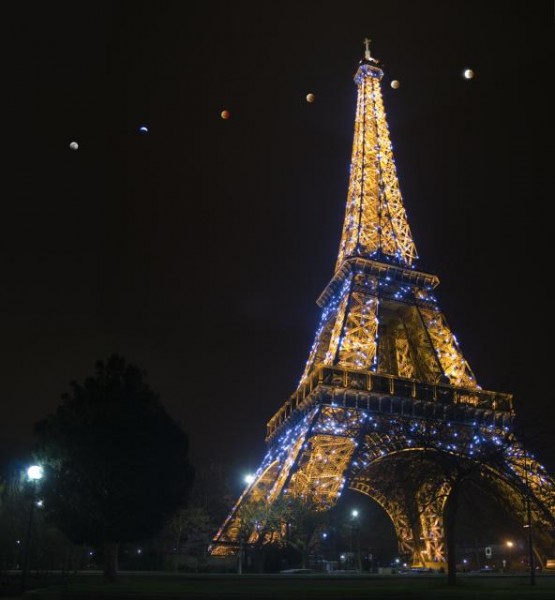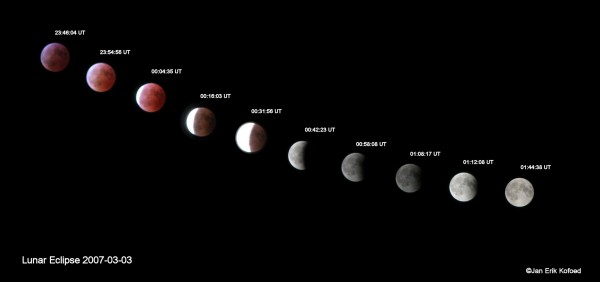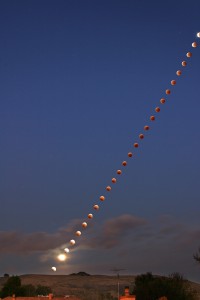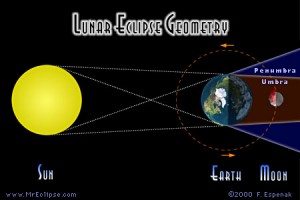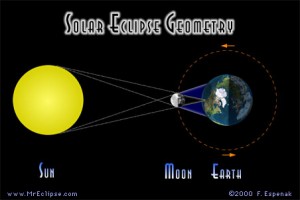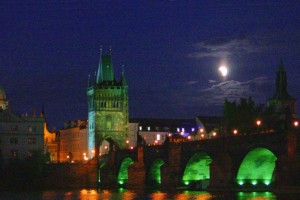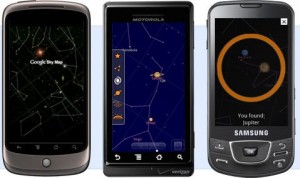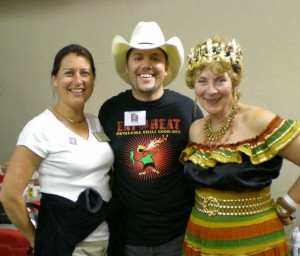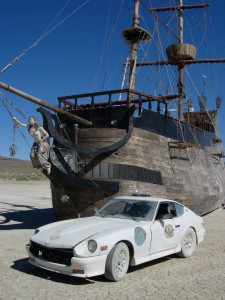“His defeat is like an eclipse of the Sun or Moon; does it harm the brightness of these bodies?“ – (from a speech made in 597 BC, in support of a general who had recently suffered defeat, and was in danger of execution. He was reinstated!)***
ECLIPSE
If the weather clears this Monday night (Dec 20th) we will have a unique opportunity to see a full lunar eclipse for the first time in almost three years.
If you or your kids haven’t witnessed a lunar eclipse before, I highly recommend staying up late to see it. As opposed to a solar eclipse, a lunar eclipse can be watched just about anywhere the moon is visible above the horizon. Although it technically begins at 9:29 p.m. in our time zone, you will have to wait until about 10:15 p.m. to see any real progress. The moon will be in full eclipse for about an hour, starting at about 11:41 p.m. and will emerge from our shadow completely around 3:00 a.m. Hey, at least we don’t live on the east coast where they have to stay up all night to witness this full lunar eclipse. For a great description of all the evening’s fun, follow this link to “The 12 Stages of Monday’s Total Lunar Eclipse”.
A lunar eclipse occurs when the moon passes through the earth’s shadow. Since the earth is much larger than the moon and the show is being projected onto the moon, it is viewable by a large portion of earth’s population. Conversely, a solar eclipse occurs when the moon passes between the earth and the sun. Due to the distances involved and the size difference between the sun and the moon, a solar eclipse projects a tiny shadow from the moon onto the earth and can only be seen by those in its path.
With a solar eclipse’s path being only about 100 miles wide it is all about where you are on the earth and not whether you can see the moon in the night sky. For information on where you can and can’t see the lunar eclipse follow this link – Viewing the Lunar Eclipse. Although usually deep orange/red in color, there are many conditions that can cause the moons color to change or to be different in different viewing regions.
For a great explanation of solar and lunar eclipses, as well as information on everything from how to photo them, quotations about them, and travel tips for reaching them (when they are far from home) visit www.mreclipse.com Are your kids getting restless with all this rain; point them to that site and they will be entertained for hours.
Google Sky Map – It’s a mobile planetarium!
As long as we are talking about the night sky, have you check out the Google Sky Map application available for FREE on your fancy new Droid? What a cool application; it is called “stellar” for a reason! Basically, it allows you to hold your Droid up to the sky and see a stellar map overly of what you are looking at.
…not sure what constellation you are looking at? – fire up Google Sky Map.
…want to find a certain planet in the night sky? – fire up Google Sky Map.
The features and usability are…well…wait for it…wait for it…stellar.
You can run Google Sky Map in one of two modes; manual or automatic. Manual mode allows you to scroll around the screen looking at the astral map, but this is an almost pointless mode. Most people prefer the automatic mode since the map moves around automatically depending on where you point your phone. Once you are up and running, tap the left side of the screen to choose which overlays you want and don’t want. I leave them all on but if you only want to see planets or want to remove the horizon, you can choose to do that. I recommend removing nothing since you never know what you might miss.
The two stars are the “search” and “night” features. The “search” feature allows you to enter a celestial search, like let’s say “Mars”, and the program will point in the direction you need to turn yourself (and your phone) in order to find it. Don’t be surprised to find yourself looking down at the ground since more than half of the universe lies below our horizon. The “night” feature turns the map a deep red color so as not to temporarily destroying your night vision.
This program is easy to install and even easier to use…and as already mentioned, it’s FREE!!! I wouldn’t put it past Google to do something special for the lunar eclipse on so I am anxious to test it out while sitting bundled up in my backyard on Monday night.
If you have kids I highly recommend exposing them to at least a little astronomy (and frankly, Google Sky Mapmakes it easy since it is almost as interesting during the day as it is at night.) Even if they don’t find it all that fascinating it will plant the seed that there is a lot of stuff out there beyond their TV shows, video games, and Facebook friends. Hopefully it will leave them starry-eyed.
***From: Tso-chuan (Chinese, about 300 BC).
Quoted in Historical Eclipses and Earth’s Rotation, by F Richard Stephenson, Cambridge University Press, 1997, page 223.

